Review by Amir Fathi
Last week, after a 4 year break, studios Treyarch and Raven Software finally released the much anticipated new installment in the Black Ops series. But has this game managed to bring the series back to the heights fans were hoping for? Join us for our review to find out.
After Call of Duty: Modern Warfare 3, many fans lost faith in new Call of Duty releases. The game’s disastrous campaign, an entirely remastered multiplayer mode, and a soulless zombie mode all combined to throw Modern Warfare 3 and its developer, Sledgehammer Games, into the series’ “trash bin of history.” However, from the moment Black Ops 6 was announced, it received positive reactions. The developers’ strong focus on the campaign, the triumphant return of the round-based zombie mode, an enjoyable multiplayer experience, and the studios’ four-year window for development all helped to reignite excitement among Call of Duty’s tired fan base. In the following sections, we’ll examine the various components of Black Ops 6, starting with the campaign—the part of the game that players criticized heavily last year.
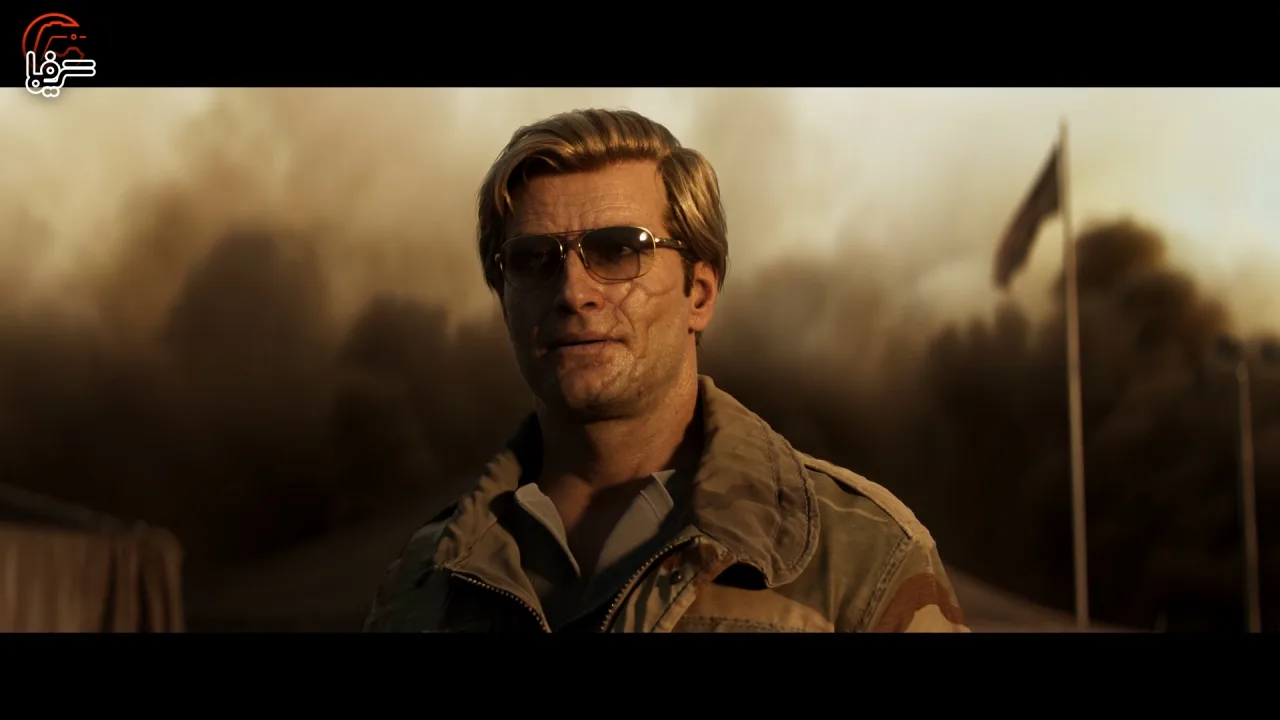
The story of Black Ops 6 unfolds during the peak and final stages of the Gulf War. While some missions are set in locations tied to this conflict, the storyline, unlike Black Ops Cold War, doesn’t directly follow key historical events of the time but rather stays focused on its main plot. The story kicks off in Kuwait, where a CIA task force, including Troy Marshall, Jane Harrow, and the new protagonist William “Case” Calderon, must capture the Iraqi Minister of Defense, who is arriving in Kuwait with a convoy, and deliver him to the CIA. After the convoy is attacked, the team manages to locate their target but is ambushed by a mysterious American group known as Pantheon.
Following several intense skirmishes and unexpected events, they encounter Russell Adler, the popular character from Black Ops Cold War, who was accused of treason against the United States 10 months earlier and is now on the run. Adler claims that the CIA is no longer trustworthy and is actually controlled by Pantheon. Upon returning to the CIA, Troy Marshall is reprimanded, while Frank Woods, after hearing Adler’s claims, decides to trust him and investigate Pantheon’s motives. According to Woods, he never believed the accusations against Adler, who was charged after the 1986 events of Black Ops 2 with collaborating with Raul Menendez and leaking CIA operational details. This incident resulted in the deaths of Alex Mason and Jason Hudson, while Frank Woods was severely injured.
The plot and overall objectives of the Black Ops 6 campaign are similar to other titles in the series, so much so that longtime fans can likely predict some of the next steps in the storyline. However, the steady, unpredictable narrative pace keeps the excitement alive. This style, often seen in classic Black Ops and Call of Duty games, allows for moments of suspense even when the story’s twists are somewhat anticipated. In Black Ops 1, for example, players could guess the final twist halfway through by analyzing the interrogator’s hints and mission details, yet the delivery was so engaging that it created a sense of surprise regardless.
With a nine-hour gameplay length, Black Ops 6, unlike Black Ops Cold War, doesn’t rush its plot twists. It gives players time and space to ponder the story’s logic and characters, allowing for deeper immersion in the narrative. The game’s connection to historical events and respect for them—a hallmark of older Black Ops titles—also plays a crucial role in drawing players into the story.
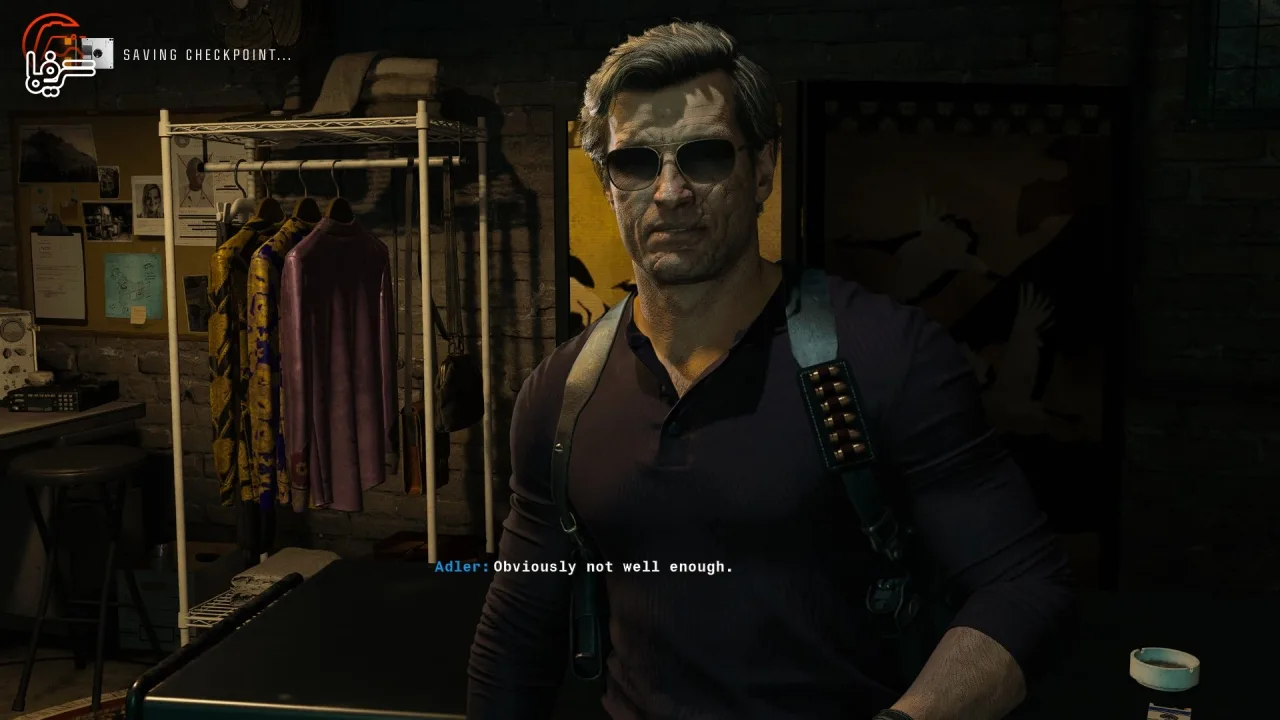
Set five years after the events of Black Ops 2 in 1986—where beloved series characters were killed off—Black Ops 6 needed several new charismatic characters. Troy Marshall, a young operative who looks up to Woods and sympathizes with his current state, leads the team during missions and, with Woods’ help, decides their next steps. Sevati Dumas, a Moroccan assassin who once worked for a mafia group known as The Guild, has since left the organization following several events. Then there’s Felix Neumann, a former Stasi agent and once a ruthless killer who, after a personal transformation, now avoids killing. Neumann stands out as the most intriguing new character in Black Ops 6, as the game doesn’t rely on storytelling alone to explain his past. Instead, it creates philosophical conversations with him, placing Case and the player alongside Neumann, inviting comparisons between them.
The game’s level design is another tool that drives the Black Ops 6 narrative. Raven Software with Black Ops Cold War and previously Treyarch with Black Ops 2 had fully integrated storytelling within certain missions, always yielding excellent results. In a series where missions often boil down to moving from room to room, clearing groups of enemies, breaking away from or expanding on this formula adds significant value. Black Ops 6 builds on the path Black Ops Cold War paved, with the gameplay responding to minor decisions and maintaining an awareness of an observer following the characters. A prime example of this design is the sixth mission, “Emergence,” where Case has to retrieve four cards from different parts of a building, unveiling a major secret along the way. Although collecting the cards involves the classic formula of entering a room and defeating enemies, the developers bring this old design to life with unique enemy personalities, varied approaches to confrontations, purposeful visual design, and different pathways to reach each section.

From a gameplay perspective, the campaign of Black Ops 6 delivers on Raven Software’s promise to offer players diverse tools and methods for confronting enemies. Most missions can be approached either through stealth or direct combat, with no restrictions enforced by the game. Characters even remind players of this flexibility, which is a significant shift; in older Call of Duty titles, missions often punished players for breaking out of stealth, making them feel they hadn’t fully achieved the mission’s goals. Each mission provides various tools, including the RC-XD, C4, Adrenaline Stim, and a variety of grenades and knives, giving players more options for engagement.
One of the best new features introduced in Black Ops Cold War was the Safehouse, and Black Ops 6 brings it back on a much larger scale. After Frank Woods and his team separate from the CIA early in the story, they retreat to a mansion in Bulgaria, which used to be a KGB operations site. In the Safehouse, players can solve multiple puzzles to unlock hidden rooms. The atmosphere and puzzle-solving elements of the Safehouse evoke memories of Resident Evil games. During missions, players can collect money and bring it back to the Safehouse to buy new gameplay abilities or upgrade existing ones. This system encourages exploration in each mission.
Overall, despite the low expectations from fans and the current standards, the Black Ops 6 campaign has managed to become one of the series’ best. Its thrilling narrative, thanks to engaging characters and intentional level design, is sure to remain memorable for fans. Given the ending, there’s likely to be a sequel. The gameplay grants players full freedom, with a currency and progression system, as well as unique challenges for each mission, enhancing replayability. Black Ops 6 marks a triumphant return for the campaign mode and is highly recommended for all Black Ops fans.
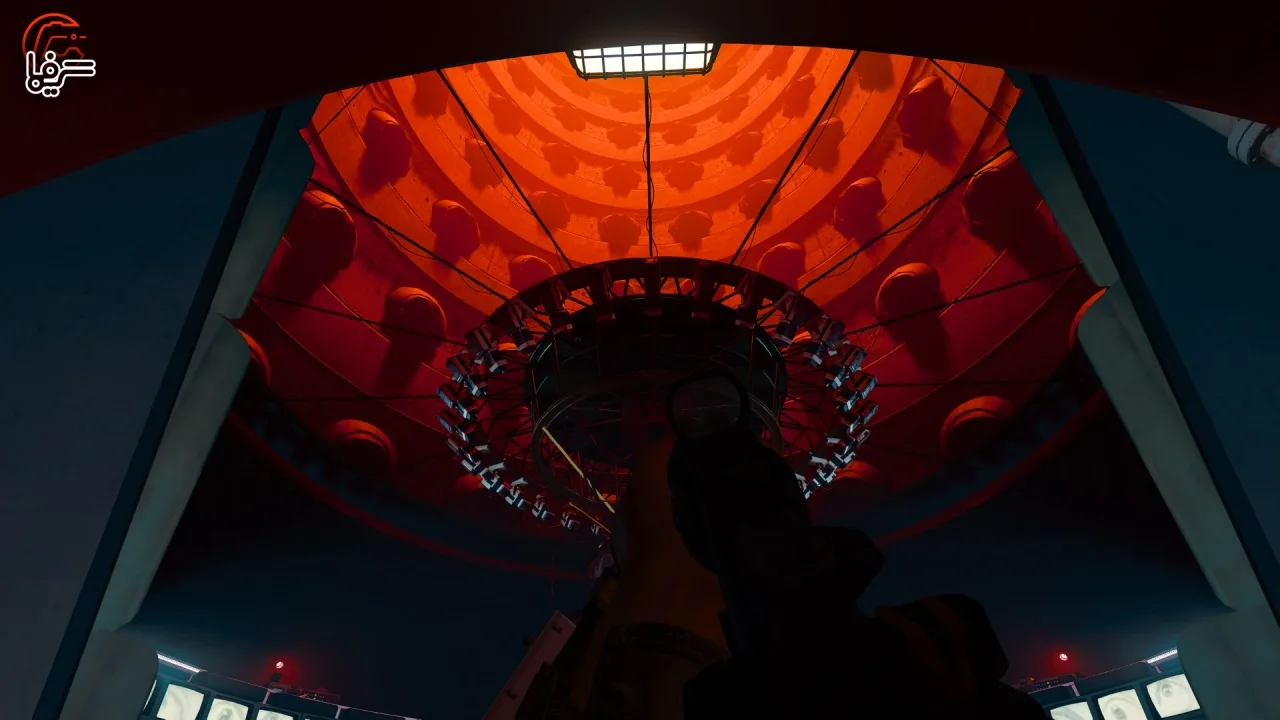
The Zombies mode in Black Ops 6 was indeed one of the most anticipated parts of the game for both you and many longtime fans. After the disappointing Vanguard experience and the unconventional Zombies mode in Modern Warfare 3, Treyarch set high expectations by promising the return of the Round-Based mode, dedicated characters, and a new progression system, all of which excited fans.
Black Ops 6 launched with two maps: Liberty Falls and Terminus. Terminus was the primary focus of Treyarch’s marketing, set on an island in the Philippine Sea that the CIA has used as a black site for years. Following the capture of the Requiem team by Edward Richtofen at the end of Black Ops Cold War, they’re transferred to this island. Now, six years into their imprisonment, Dr. William Peck frees the Requiem team. But as soon as they’re released, a portal opens on the island, bringing in waves of zombies. Project Janus’s research team falls apart, and the Requiem team must escape the island.
The storyline in Black Ops 6 Zombies mode has made impressive strides. With dedicated characters in Terminus and more coherent dialogue than Black Ops Cold War, the narrative now emphasizes character interactions, making it less reliant on collectibles for full understanding. While the four dedicated characters may not be as charismatic as the original team, their dialogues create a unique experience, enhancing the Zombies mode and making it more engaging than Cold War.
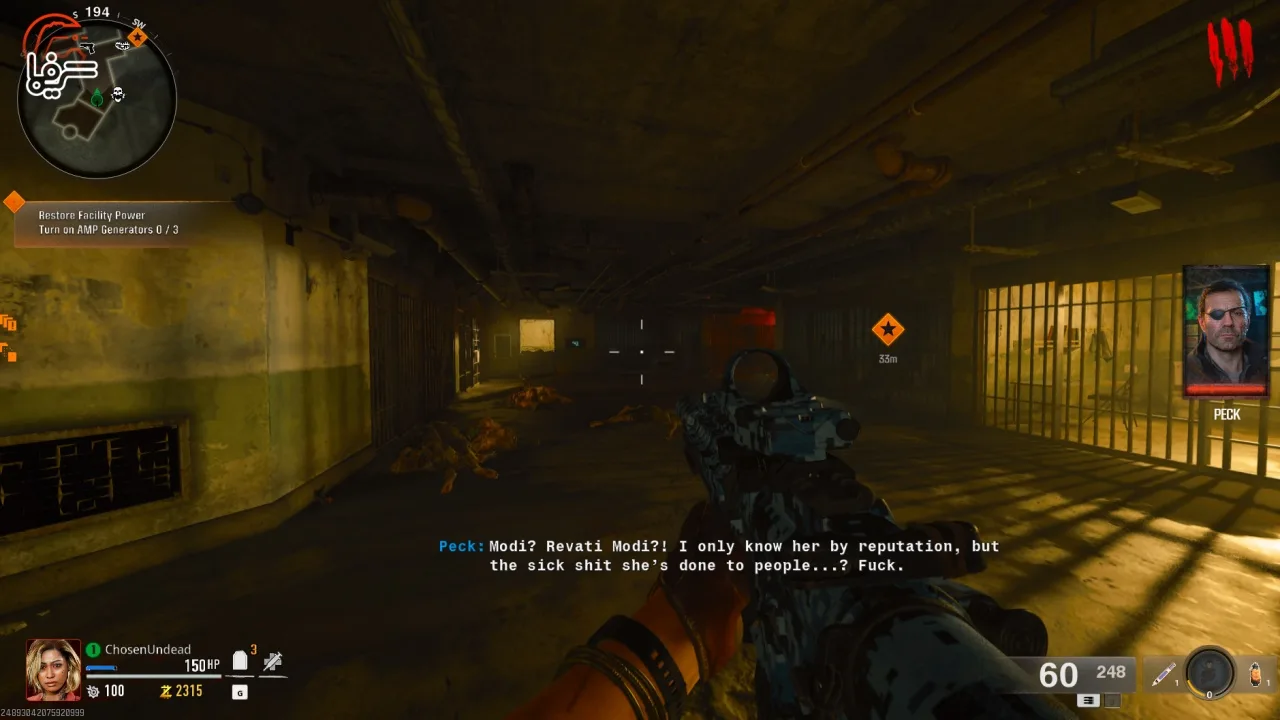
The Liberty Falls map contrasts sharply with Terminus in many design decisions. It has a relatively straightforward and accessible layout, with much more open spaces and a simpler main Easter Egg mission. Liberty Falls is perfect for new players or those who want to focus on zombie-killing without the need to pay much attention to dialogues and story.
The events of Liberty Falls take place only a few hours after Terminus. Set in a small town in West Virginia that the CIA once used for Project Janus, Liberty Falls becomes the target of a zombie horde.
Both maps, Liberty Falls and Terminus, are the greatest strengths of the Black Ops 6 Zombies mode. After six years of maps that were mostly remasters or remakes of older maps, or borrowed pieces from multiplayer or campaign segments, Treyarch has finally given players fully original, detailed maps at launch. The distinct design goals for each map give them individual identities, making Black Ops 6 a success both in terms of Zombies content quantity and quality.
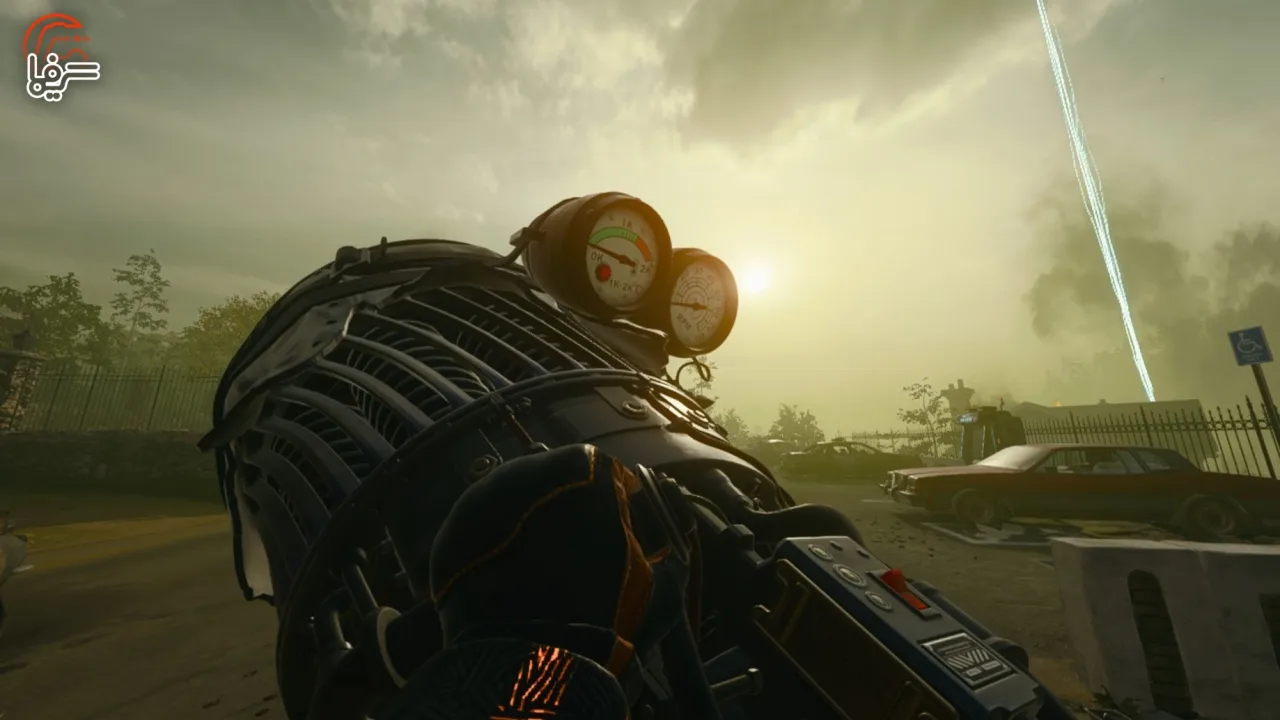
n terms of activities and Easter eggs, Liberty Falls and Terminus likely hold the record for the most side Easter eggs in the series. Unlike Black Ops Cold War, the main Easter eggs do not require tedious tasks like finding a few different pixels among ten items, as seen in the Firebase Z map.
The gameplay in Black Ops 6 Zombies has become deeper than ever, thanks to the new Augment system and a diverse range of popular equipment. Before entering any map, players can choose a Perk, Ammo Mod, or Field Upgrade to earn new Augments as they progress. Each Perk, Ammo Mod, and Field Upgrade will then have a primary and secondary Augment that grants new abilities. For example, with Jugger Nog, players can choose to have Armor completely absorb damage from behind, or have PhD Flopper activate when sliding. Overall, the Augment system is a more detailed version of the progression system in Black Ops Cold War, allowing players to choose their own abilities and create diverse combat styles.
The beloved GobbleGums from Black Ops 3 have made a return to Black Ops 6 after nine years! The GobbleGums in Black Ops 6 are mostly similar to those in Black Ops 3, but there are several new additions to utilize modern game systems. Fortunately, Black Ops 6 is much more generous than Black Ops 3, providing players with GobbleGums through regular gameplay progression instead of requiring them to gamble with Dr. Monty. Treyarch has also stated that a section in the game store for GobbleGum packs will be available soon.
Overall, the Zombies mode in Black Ops 6 represents a full-fledged return, featuring high-quality maps alongside the introduction of new systems and the return of classic elements like GobbleGums. This engaging gameplay will entertain both Black Ops Cold War fans and long-time series enthusiasts.
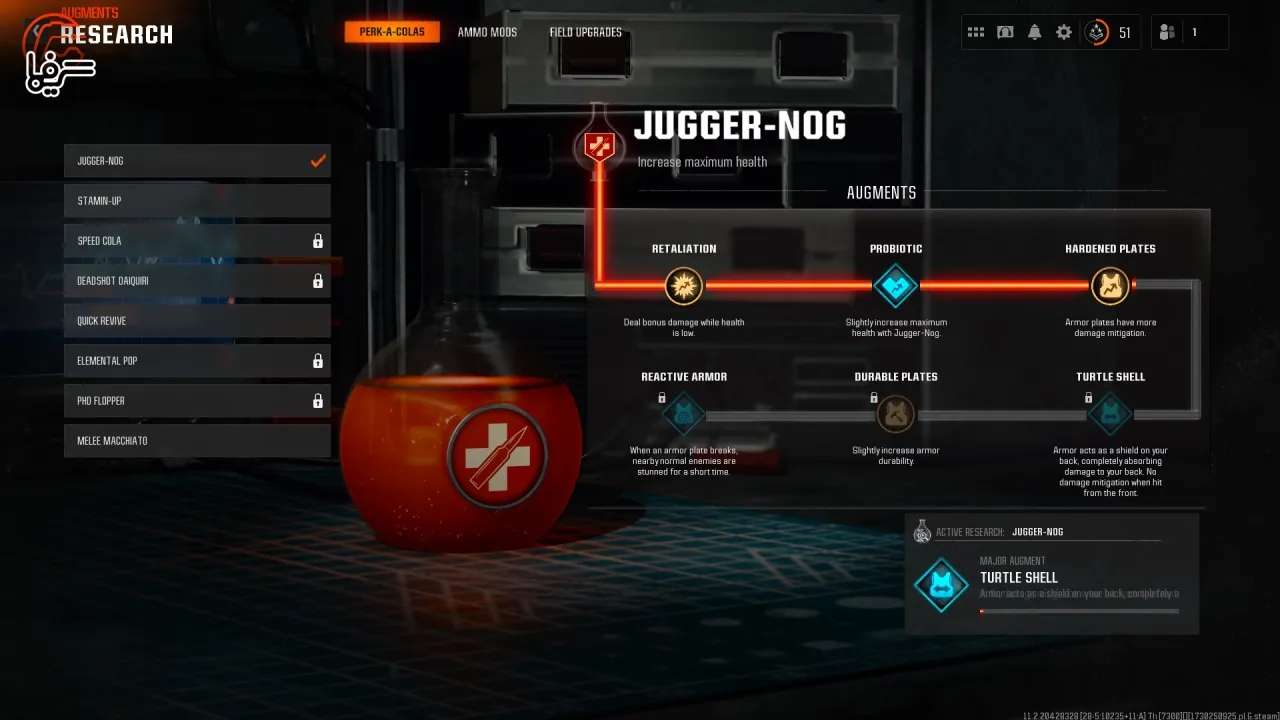
The combination of classic systems with modern mechanics can be seen as an apt summary of the multiplayer mode in Black Ops 6. Treyarch has laid a solid foundation for this mode by reintroducing the classic Prestige progression system, powerful legacy equipment, and overall map design, all integrated with the Omnimovement mechanics. Here’s a closer look at each of these aspects:
The classic Prestige system stands out as perhaps the best and most significant feature of the multiplayer mode. Following Modern Warfare 2019 and the introduction of seasonal content, the developers had decided to set aside the classic Prestige system. However, after six years, this system has returned better than ever. Black Ops 6 features ten levels of Prestige, and upon reaching the end, players enter Prestige Master. Each level of Prestige offers high-quality rewards that are enticing for players. In terms of content and free skins, Black Ops 6 is the best installment in the series, thanks to the classic Prestige system.
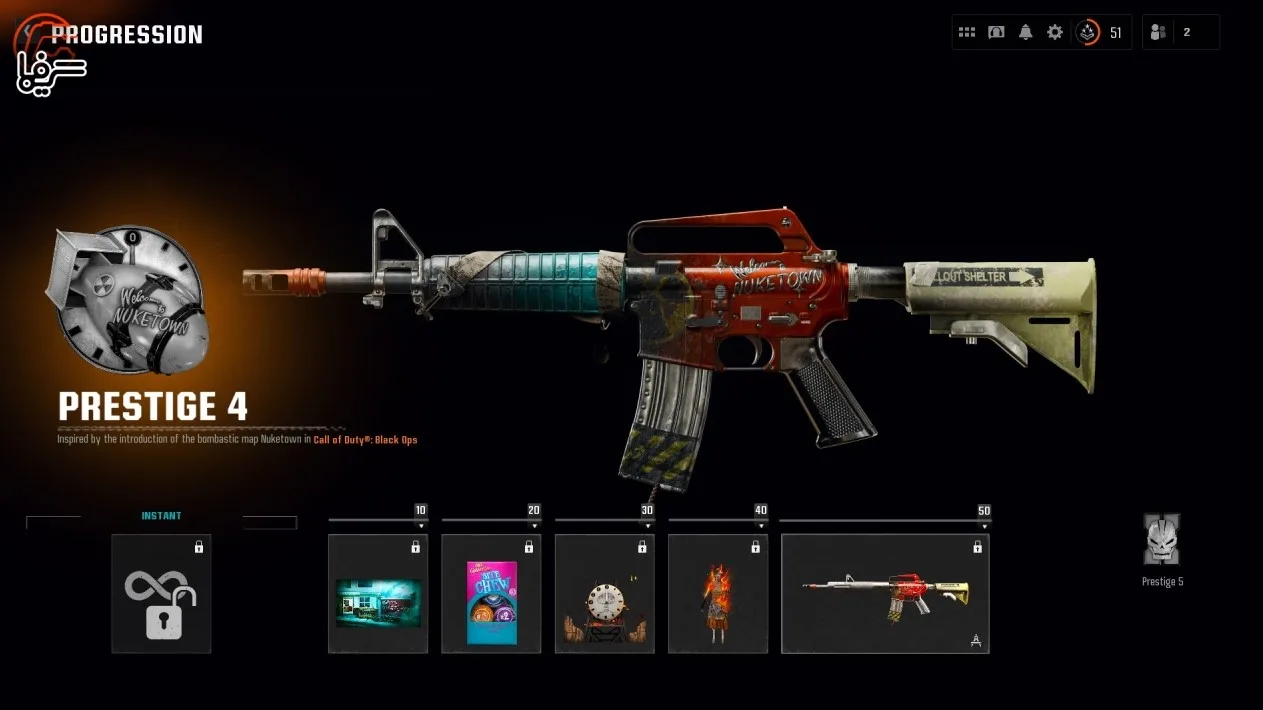
From the perspective of equipment and sandbox content, Black Ops 6 has launched with a substantial amount of content. The game features 18 Scorestreaks, 11 Field Upgrades, 21 Perks, 9 Lethal equipment, 8 Tactical equipment, and 33 weapons, all of which are well-balanced and powerful. The game has moved away from the poor Scorestreak system of Black Ops Cold War, making the acquisition and use of Scorestreaks exciting due to their high quality.
Field Upgrades are also more powerful than ever, bringing back the infamous Morphine Injector, which longtime fans will surely remember, along with the Sleeper Agent, which allows players to temporarily play for the opposing team. The Perk system introduces a new Specialty mechanic: if three selected Perks belong to the same group, an additional ability related to that group is granted to the player. Overall, the class design and sandbox of the multiplayer mode in Black Ops 6 appear deeper and more content-rich than in recent Call of Duty titles. Players must thoughtfully consider their class setups to select the best equipment and weapons for every situation.
Black Ops 6 was launched with 16 maps, including 12 regular maps and 4 Strike maps. As Treyarch advertised, all these maps utilize a three-lane design. This three-lane design makes it easier for players to learn the map and take advantage of the connections between different areas. It’s logical that this design, which has been used by Treyarch since the release of Call of Duty: World at War, would also be present in Black Ops 6. While this simplicity is evident in most regular maps, some have rather odd and suboptimal designs.
The maps Vorkuta and Red Card stand out as the worst in Black Ops 6, with some of their lanes and paths broken into many small segments, leading to frustrating encounters with enemies. Other paths either have minimal cover or present unfair power positions. In the central path of Vorkuta, there are nearly three locations with wide angles and cover, which makes them excellent spots for snipers, disrupting the balance between the two sides of the map. The overall low quality of some maps and the relatively similar size of all 12 main maps result in a less diverse map set. However, as mentioned at the beginning of the discussion about maps, these issues are not found in every map; some, like Skyline, Protocol, Vault, and all Strike maps, are among the most enjoyable in recent years. Yet, when looking at all maps as a collection, a lack of variety becomes evident.
Black Ops 6 launched with 9 game modes and a Hardcore playlist, and recently the popular Infected mode was made available. While all modes are fun, there’s a noticeable shortage of new modes, which is consistent with recent entries in the series. The only new mode introduced with this game is Kill Order, which, despite being highly appealing, isn’t enough for a new title.
The topic of movement in Call of Duty titles has been a hot topic in recent years, and Black Ops 6 has intensified this discussion with the introduction of Omnimovement. The Omnimovement system allows players to run, slide, and jump in any direction. With this system, player movement speed is faster than ever, providing numerous options when engaging with enemies. Omnimovement grants all players, regardless of skill level, enhanced mobility. There’s no longer a need to practice or perform combos for actions like Slide Cancel; with this new system, such maneuvers are accessible to all players, not just the highly skilled ones.
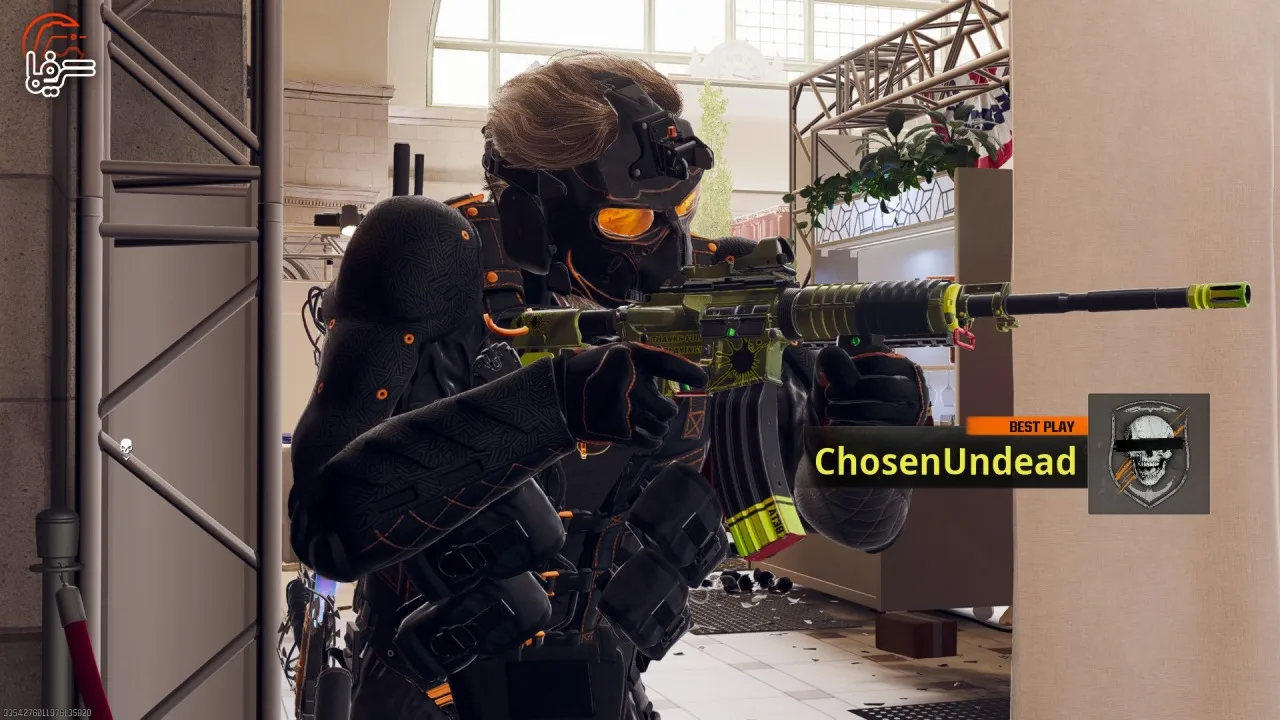
With the increase in normal movement speed, Treyarch made a strange decision to introduce Tactical Sprint in Black Ops 6. The combination of Tactical Sprint and Omnimovement unnecessarily and destructively raises the speed of gameplay. During normal gameplay and engagements, the presence of Tactical Sprint isn’t overly significant, but it becomes problematic in smaller maps. After each death, the spawn location of your character is determined instantly, resulting in a relatively short distance between dying and respawning. Tactical Sprint allows opposing players to close that short gap quickly, leading to suboptimal and bizarre spawn situations, especially on smaller maps.
It’s worth noting that the game’s spawn system isn’t without its flaws; it sometimes selects questionable spawn points even on larger maps. However, Tactical Sprint exacerbates this issue, making it more pronounced during gameplay.
The Verdict
Black Ops 6 is the best Call of Duty in recent years and proves that the developers of this series need a four-year development cycle. The campaign of Black Ops 6 stands out among the best in the series, delivering a memorable experience for fans with its engaging narrative and replayable gameplay. The Zombies mode finally receives the attention it deserves from both developers and fans, with both released maps being high-quality and unique. Although the multiplayer mode has issues with the diversity of game modes and maps, it boasts strong foundational mechanics and sandbox elements. Fortunately, the most critical problems in this mode are fixable, and Treyarch can address many of them in the upcoming seasons.
Pros:
|
Cons:
|
8.8/10
This game was played and tested on the PS5 using the code provided by the publisher (Activision).


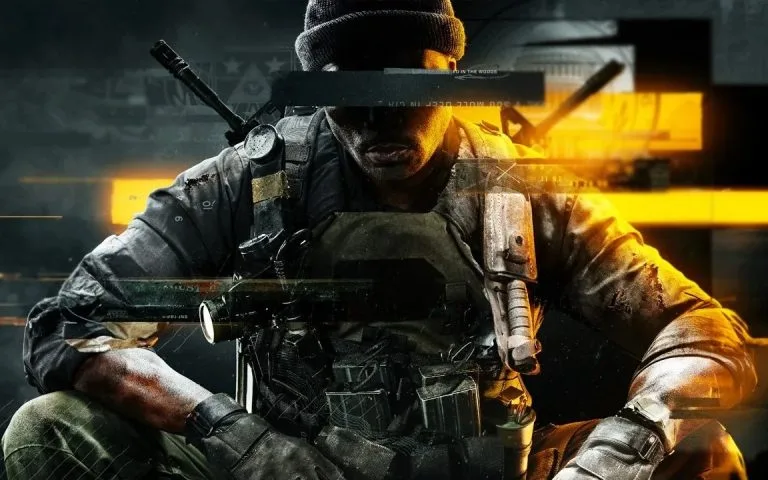

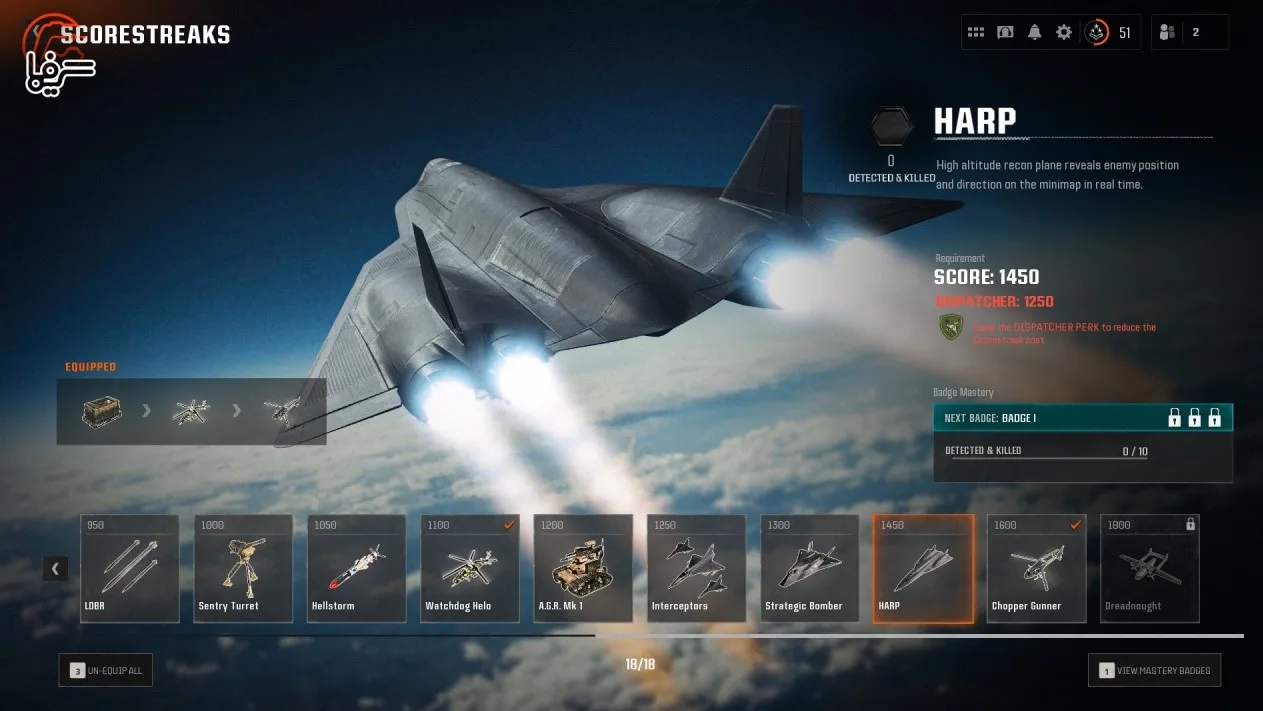
Comments